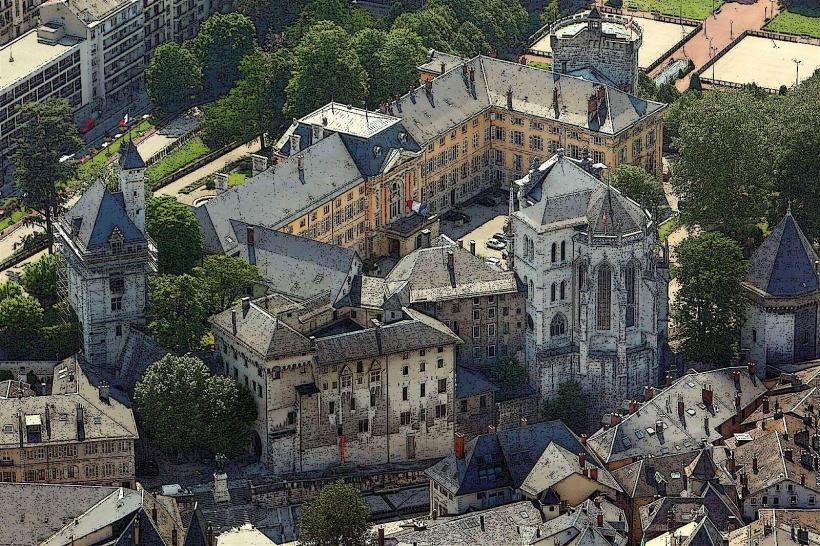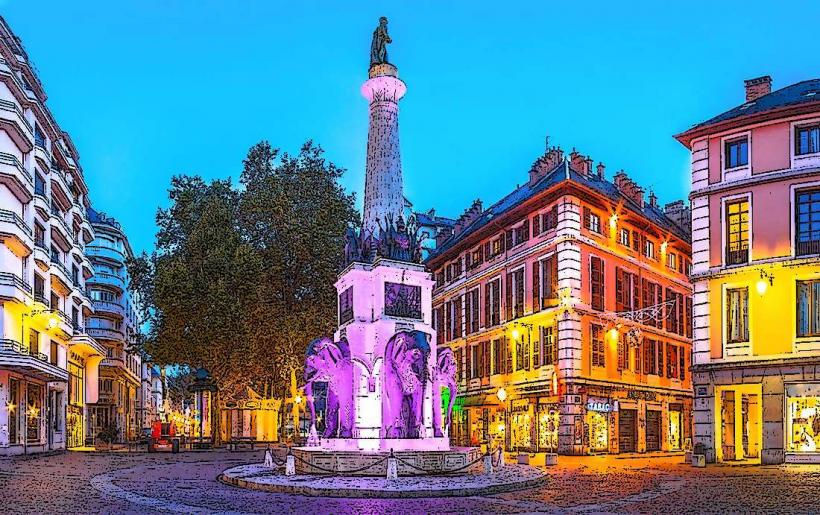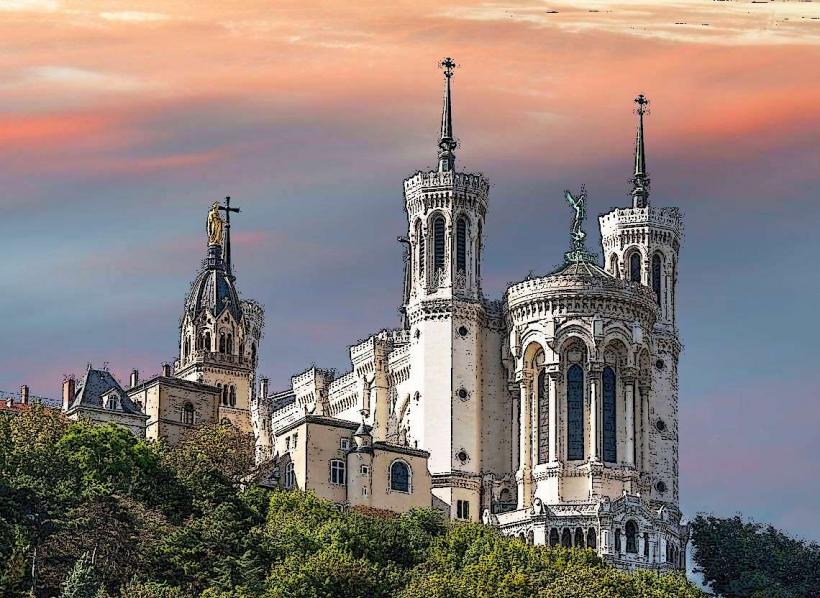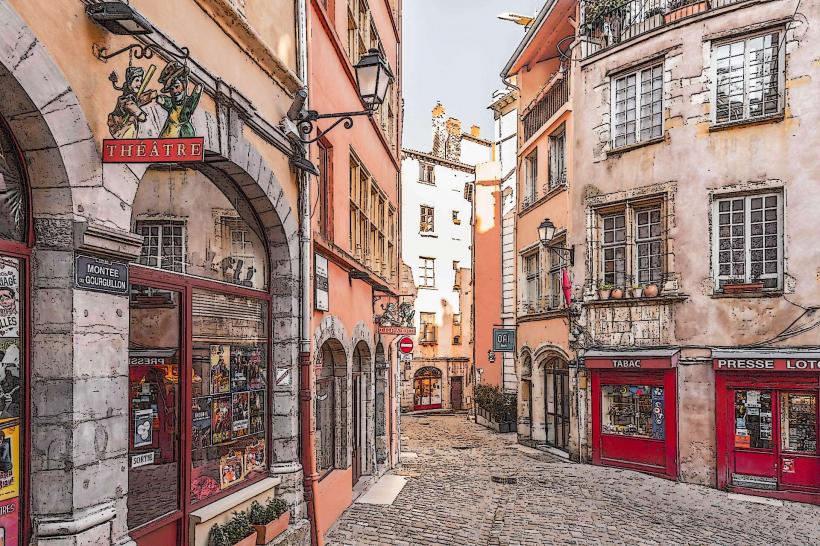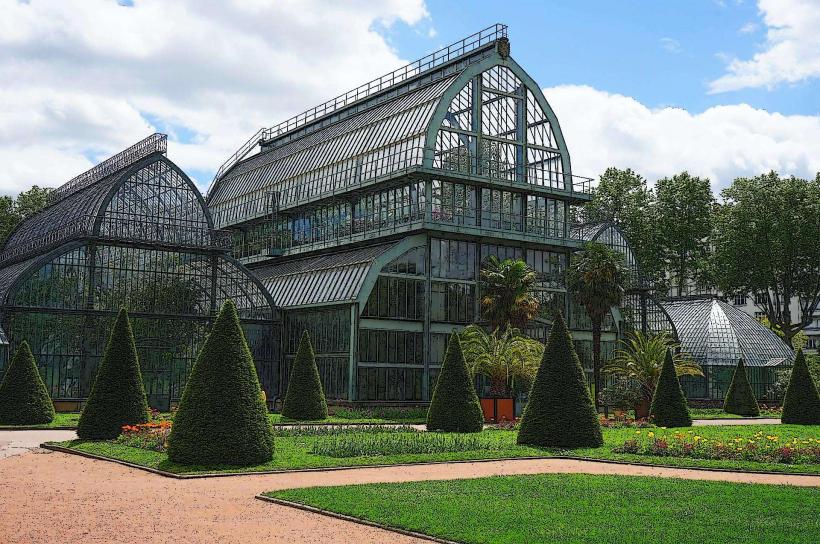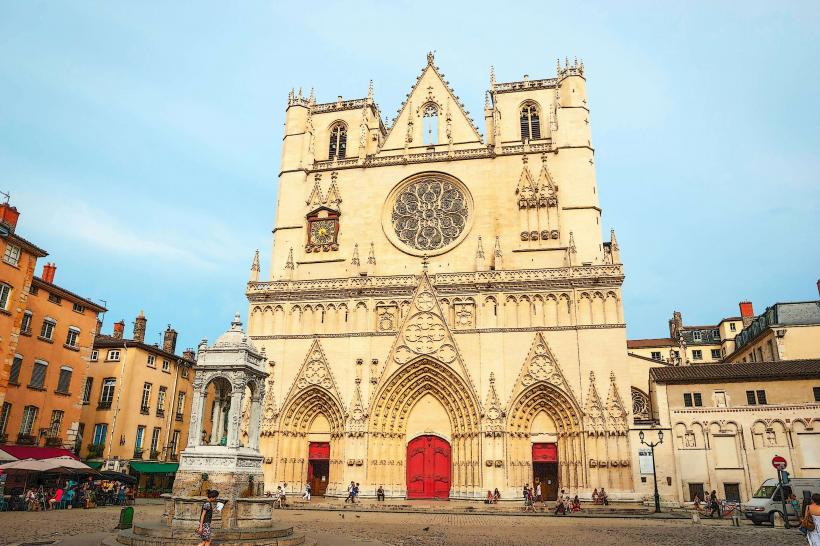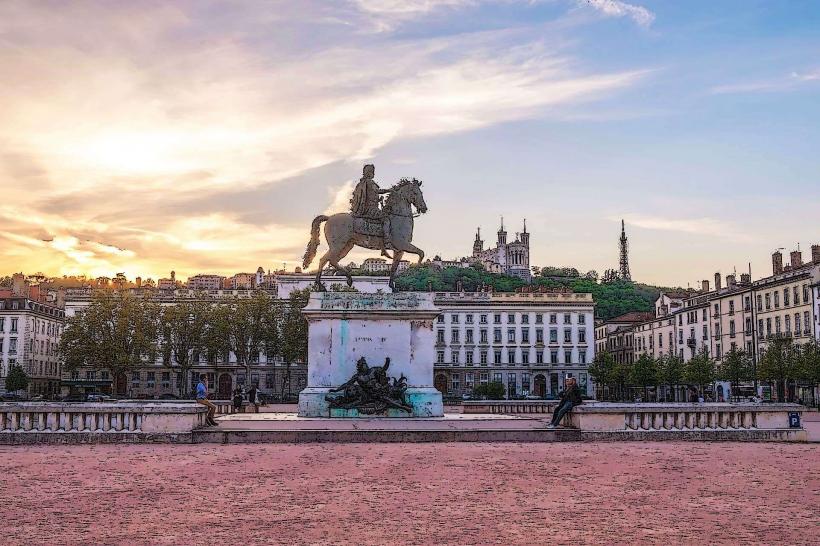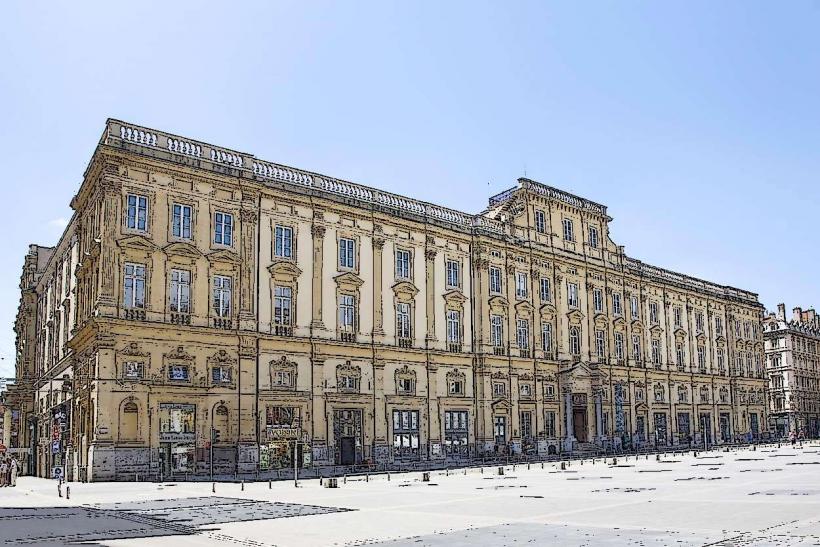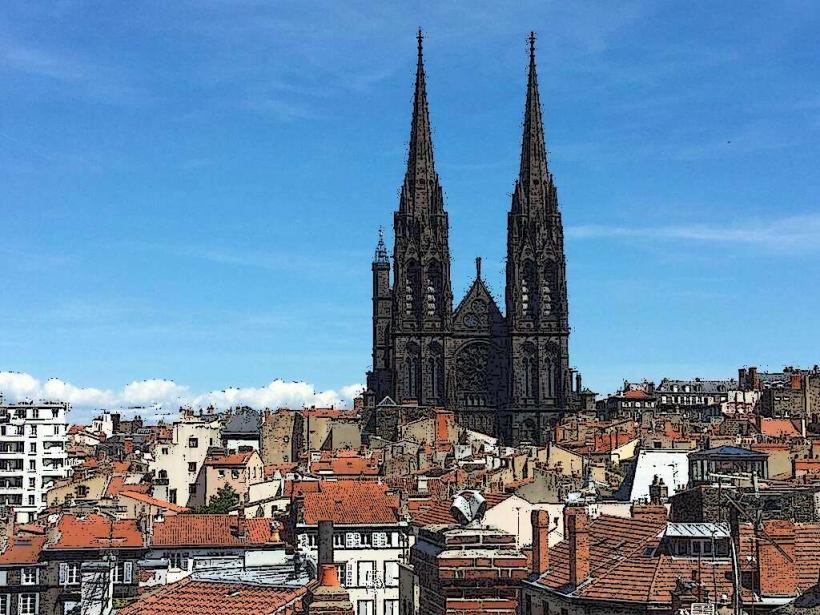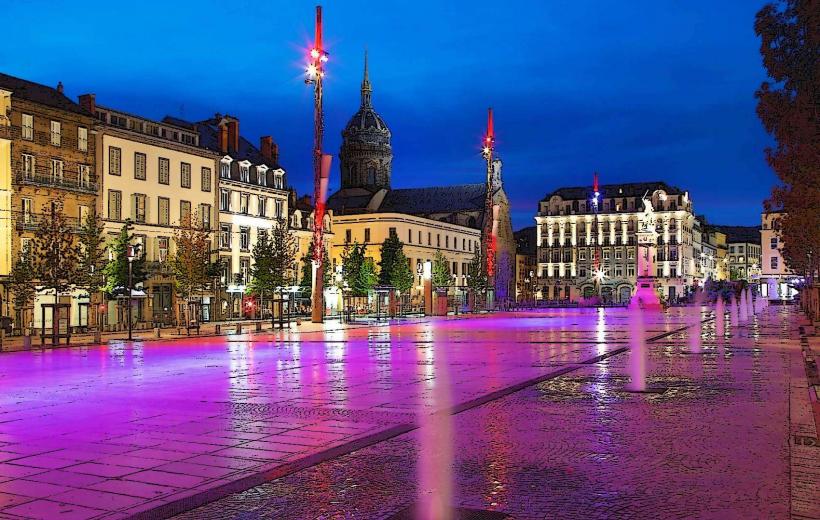Information
Landmark: Theatres of FourviereCity: Lyon
Country: France
Continent: Europe
The Theatres of Fourvière (Les Théâtres de Fourvière) refer to two ancient Roman theaters located on Fourvière Hill in Lyon, France, which are among the most important archaeological sites in the city. These theaters are part of the Fourvière Archaeological Park and serve as key reminders of Lyon's Roman heritage.
1. Overview
Location: The theaters are situated on the Fourvière Hill, offering panoramic views of Lyon. The hill is located to the west of the Presqu'île (the peninsula formed by the Rhône and Saône rivers), and is home to several historical landmarks, including the Basilica of Notre-Dame de Fourvière.
Historical Significance: The Roman theaters of Fourvière date back to the 1st century BCE and are linked to the establishment of the city of Lugdunum, which was founded in 43 BCE as the capital of the Roman province of Gallia Lugdunensis (modern-day central France). Lugdunum became one of the most important cities in Roman Gaul, and these theaters were central to the city's cultural and civic life.
2. The Grand Theatre
Size and Structure: The Grand Theatre (Grand Théâtre de Fourvière) is the larger of the two theaters and was capable of seating up to 10,000 spectators. It was one of the largest Roman theaters in the region.
Design: The theater was built in the traditional Roman style, with a semi-circular seating arrangement (cavea) and a scenae frons (stage front) that would have been richly decorated. The stage would have been used for performances such as drama, comedy, and musical performances. The theater also featured a colonnaded portico that surrounded the auditorium.
Function: The Grand Theatre hosted major public events, including theatrical performances, political speeches, and religious ceremonies. The theater was a vital part of Roman public life, serving as a space for entertainment, cultural exchange, and civic engagement.
Restoration and Excavations: Today, visitors can explore the remains of the Grand Theatre, which have been partially restored to provide a glimpse into the grandeur of Roman entertainment. The stage area, seating tiers, and parts of the original decoration are still visible.
3. The Odeon
Size and Function: The Odeon (Odeon de Fourvière) is a smaller theater, with a seating capacity of approximately 3,000 spectators. Unlike the Grand Theatre, the Odeon was primarily used for musical performances, recitals, and smaller-scale dramas. It was designed for more intimate performances and was an important venue for the cultural life of Roman Lugdunum.
Design and Structure: The Odeon is characterized by its modest size, yet it shares many of the same features as the Grand Theatre, including a semi-circular seating arrangement and a scenic stage area. It also had a roofed structure, which distinguished it from open-air theaters like the Grand Theatre, making it suitable for musical and vocal performances.
Functionality: The Odeon was likely used for more specialized performances that required better acoustics, such as musical concerts, rhetorical speeches, and poetic recitations. Given its smaller scale, the Odeon was perhaps more focused on cultural events that served a smaller, more select audience.
4. Archaeological Site and Excavations
The theaters were rediscovered in the 19th century and have since been subject to extensive archaeological excavations. They were originally buried under centuries of sediment, as the hilltop area had been used for other purposes, including medieval and early modern construction.
Excavations have uncovered many details about the layout and design of the theaters, as well as the materials used in their construction. Among the finds are remnants of statues, inscriptions, building materials, and architectural fragments that provide valuable insight into Roman construction techniques and artistic practices.
Restoration: The theaters have undergone significant restoration efforts over the years. Although not completely reconstructed, the theaters have been partially reassembled and are now open to the public as part of the archaeological park. Visitors can walk through the ancient ruins, and the Grand Theatre, in particular, still hosts performances and cultural events, blending the ancient with the contemporary.
5. The Theatres of Fourvière Today
Cultural Use: The Grand Theatre and the Odeon are still used for various performances and festivals, especially during the Nuits de Fourvière (Nights of Fourvière) festival, a major cultural event that takes place in Lyon every summer. The festival features music, theater, dance, and film screenings, and the ancient theaters provide a stunning backdrop for these performances.
Visitor Experience: Visitors to the Fourvière Hill can explore both the Grand Theatre and the Odeon as part of their tour of the archaeological site. The site offers a mix of ancient ruins and restored elements, making it a unique location to experience Roman history in the heart of Lyon. The panoramic views of the city from the hill also add to the appeal of visiting these theaters.
Archaeological Park: The theaters are part of the Fourvière Archaeological Park, which includes other Roman sites, such as temples, tombs, and baths, that showcase the legacy of ancient Lugdunum. The park is an essential stop for anyone interested in the history of Roman Gaul and Lyon's development as a major Roman city.
6. Conclusion
The Theatres of Fourvière are among the most significant remnants of Lyon's Roman past. With their long history, impressive architecture, and continued cultural relevance, the Grand Theatre and Odeon provide invaluable insight into the public and cultural life of ancient Lugdunum. Today, they are not only important archaeological sites but also vibrant cultural venues that continue to host performances, connecting the ancient and modern worlds.

